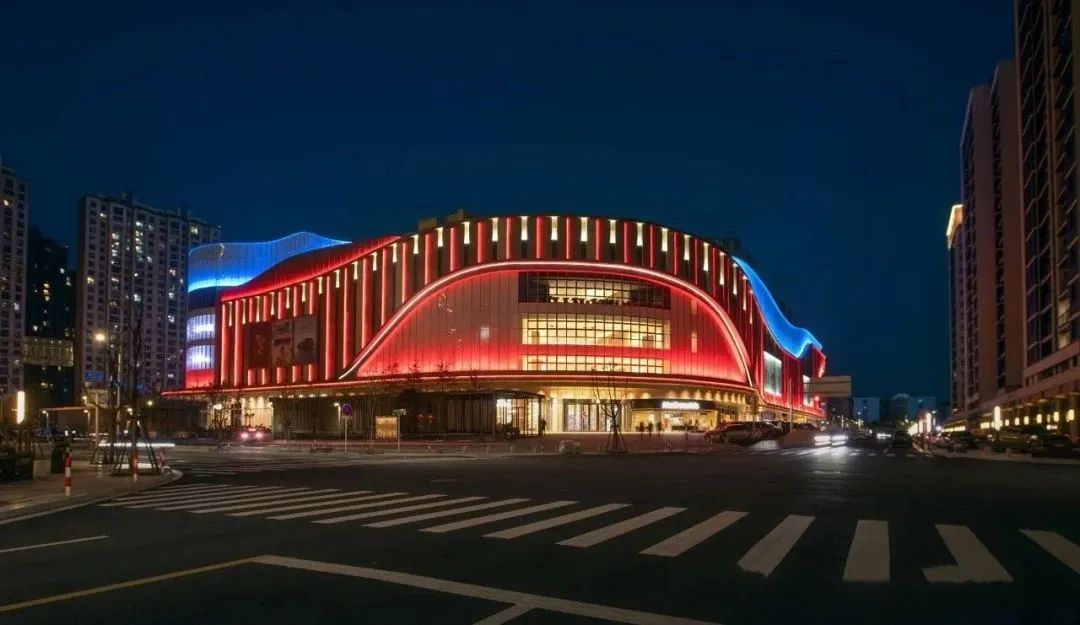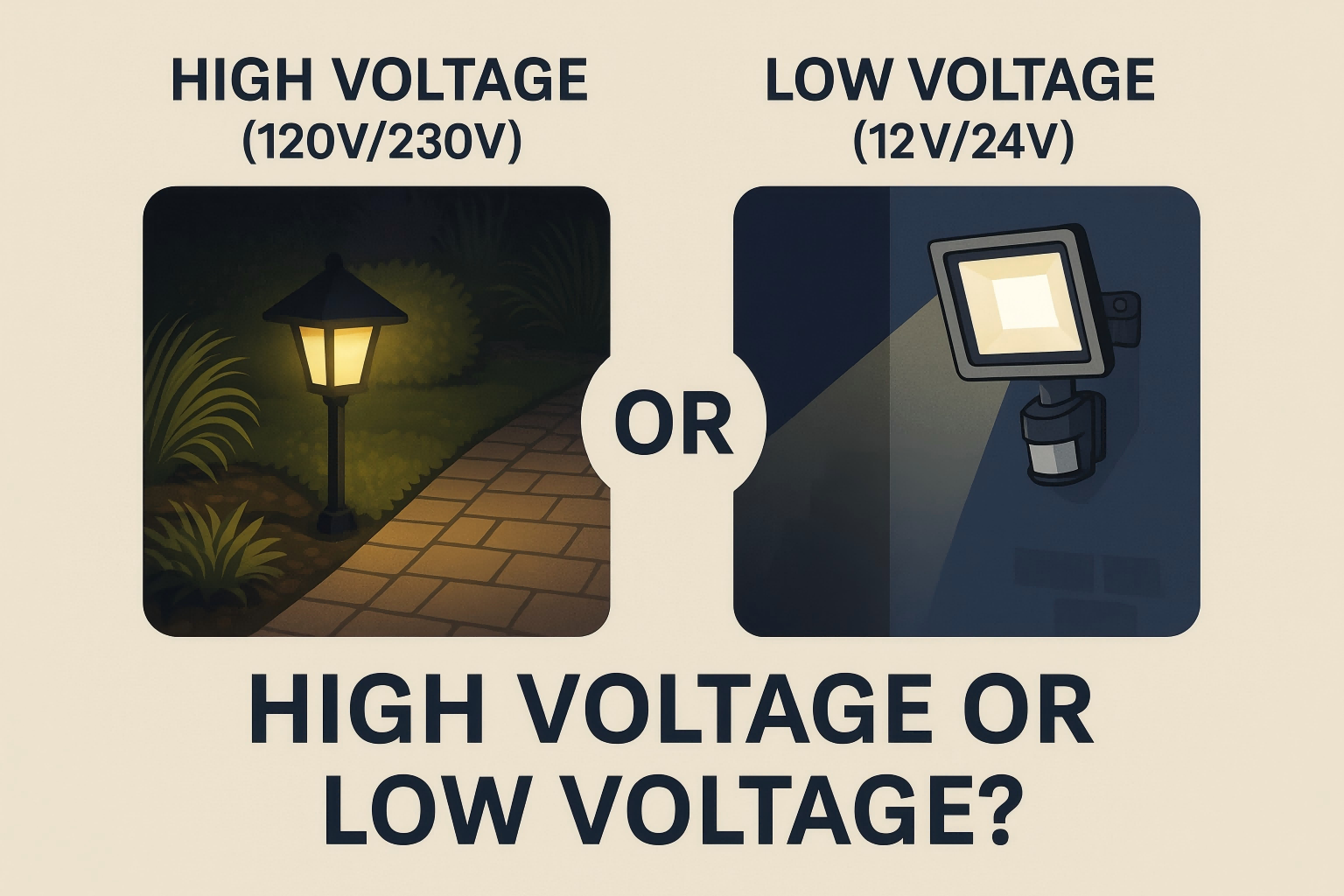The Top Five Controller Brands in Outdoor Lighting
When night falls, lights become the soul of cities and buildings, and behind this scene of light and shadow, the control system is the silent conductor. They ensure stable operation with high reliability, achieve adaptive adjustment with intelligent algorithms, link a wide ecosystem with open interfaces, deploy quickly with modular design, and create an amazing visual experience with the deep integration of images and light, and shadow. This article will deeply interpret the technical characteristics, application advantages, and practical cases of contemporary top lighting control solutions to help you accurately grasp the possibility of every degree of light in project selection and design implementation.
1. Signify (formerly Philips Lighting) Dynalite- Integrate reliability into every switch
From London King's Cross Station to New York Times Square, Dynalite is everywhere. It can not only switch seamlessly between DALI, DMX, BACnet and KNX protocols, but also has automatic redundant backup. When the main link is abnormal, the system quietly switches to the backup network, so that lighting never stops. Through drag-and-drop scene editing and timeline animation, designers can design light and shadow like arranging movie special effects, and the built-in energy consumption simulation allows project review to no longer rely on feelings, but speak with data. UL, CE, RoHS and other certifications are just "hard currency". What is more valuable is the 7×24-hour local support in more than 60 countries around the world, so that the team can get the first response no matter where they are.
In the ultra-large-scale deployment of more than 2,000 nodes, Dynalite's average failure interval has exceeded 120,000 hours - this means that once invested, it can accompany the project for decades. Although the initial investment is slightly higher, the plug-in and unplug of modular expansion cabinets saves the trouble of updating the whole machine, and the later operation and maintenance is more time-saving and labor-saving, which can save nearly 20% of the cost in five years.
2. Lutron Quantum- When light dances with space
If lighting is a performance, then Quantum is the gentle and precise hands behind the scenes. It incorporates multiple technical paths such as 0-10V, DALI, EcoSystem, DMX, etc., and then uses self-developed daylight sensing and occupancy detection to automatically adjust the brightness and color temperature in every corner: when the outdoor light is bright, the indoor lighting automatically retreats to the background; when the flow of people is sparse, energy consumption quietly decreases. Without the need for esoteric programming, the interfaces of Vive App and Quantum Vue are like smart homes, and anyone can choreograph a moving lighting plot in minutes.
At the One World Trade Center Observatory in New York, Quantum uses the rhythm of "warm light at sunrise → cool white at sunset" to guide tourists step by step into the top of the city; the energy consumption report automatically generated in the background allows the operation team to save more than ten percentage points of electricity bills each year, truly realizing "enjoying the feast of light and shadow while saving electricity bills".
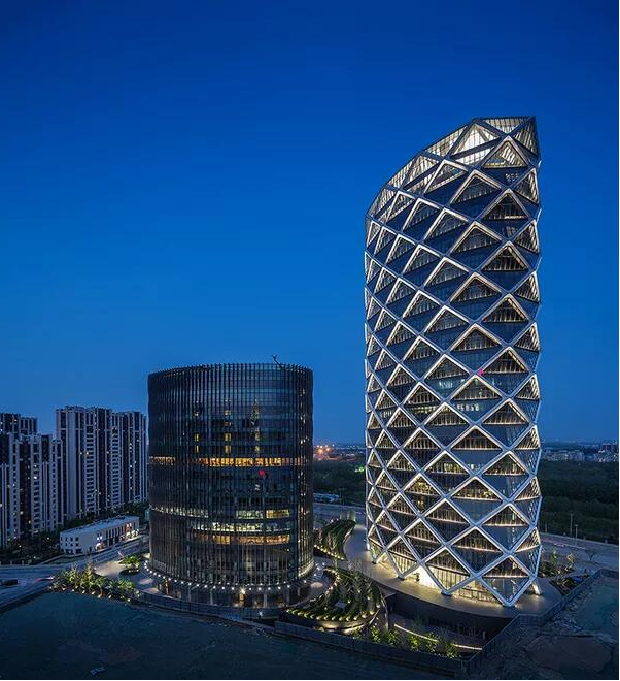
3. Helvar Imagine- Let thousands of lights resonate in one place
The charm of Imagine lies in that it makes thousands of scattered control units seem to be integrated into one: open the topology map of the central server, and you can instantly see the status of all lines; tap a node to remotely upgrade or troubleshoot. Whether it is the vast terminal of an airport or the winding buildings of a shopping mall, you can first "step and run fast" to pilot, and then "leap forward" to expand capacity. Like the brain of a city, it protects the flow of information with ISO/IEC 27001-level security mechanisms, and through REST and WebSocket interfaces, it enables lighting, security, property, and BMS to achieve true "heart-to-heart connection".
From the zero-fault operation of 5,200 points at Helsinki Airport in Finland to the day-and-night switching of university campuses in Europe and the United States, Imagine taught us: the larger the scale, the more centralized management is needed; after the project team mastered the core configuration within 3 days, they no longer had to worry about sudden situations on site, because both the headquarters and the China region had full-time support and could get "call-and-respond" services at any time.
4. Colorlight X5—Let grassroots people also play big shows
When the budget and construction period are counting down, X5 is like a secret weapon ready to go at any time. It is encapsulated with IP67 protection, and it has overcome the test of rain, dust, and salt spray like a thorn; thousands of meters away, it uses Art-Net and sACN to weave a shining light network. There is no need to install a line of additional software, just enter the IP in the browser to enter the management interface, and complete the firmware upgrade and special effects arrangement in a snap.
The 2.1-kilometer corridor in Shenzhen Bay Park is the work that X5 is famous for: there are almost no engineers on site, but the smooth 60FPS images accompany the crowds returning home at night; the online tutorials in the community allow newcomers to quickly get started and complete the transformation from "zero foundation" to "light show planner" within 48 hours.
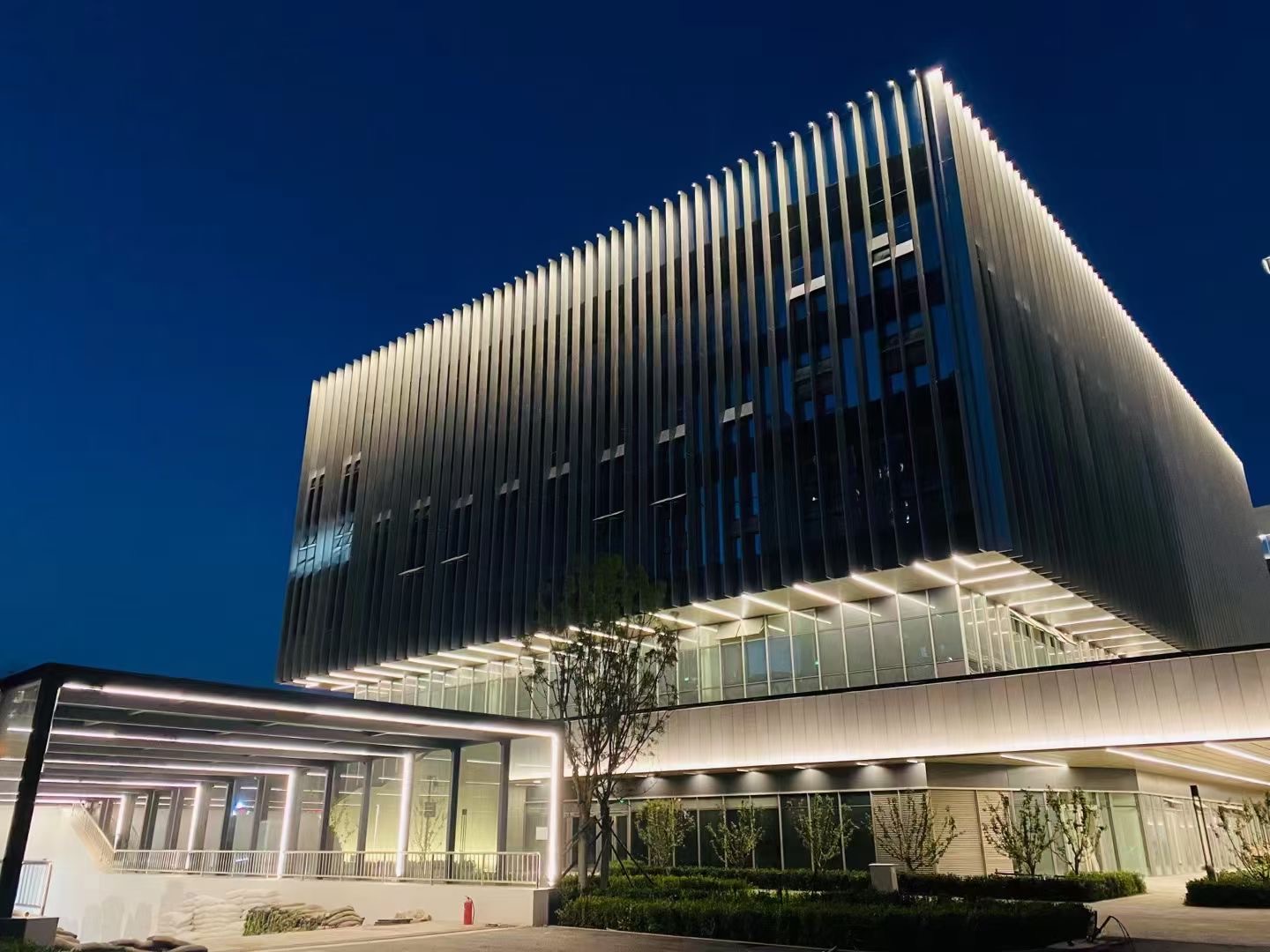
5. NovaStar MCTRL- When the building becomes a “screen”
If you have seen the light show of the Burj Khalifa, then you have experienced the amazing MCTRL. It completely breaks the boundary between images and lights: 45,000 nodes, 37.8 kilometers of optical cables, all images are perfectly aligned within 1ms; on-site command does not need to be in a hurry, and the cloud platform pushes alarms and operation and maintenance data in real time, allowing technical teams thousands of miles away to control as accurately as in the computer room.
This system eliminates the video processor and DMX distributor, simplifies the wiring and equipment list; and the end-to-end delay within 3ms sublimates music, fireworks and light and shadow synchronously. After years of operation, the light show of the Burj Khalifa project has never been interrupted due to technical failures and has been praised by many international media as "the best choice for landmark night views."
6. Local game-changer: LNJAMI outdoor lighting - a cost-effective global lighting expert
LNJAMI is a Shenzhen outdoor lighting engineering supplier: Since its establishment in 2008, LNJAMI has been committed to outdoor lighting engineering and product research and development, and has completed hundreds of benchmark projects in more than 30 countries.
Full-category solutions: From wall washers, linear lights to floodlights, light guides, with intelligent control systems and installation guidance, mastering the use of multiple controllers, you can choose the best control system for your project, and meet the lighting needs of urban landmarks, park green corridors, commercial complexes, etc. in one stop.
Equal emphasis on customization and operation and maintenance: Built-in BIM model compatibility, providing renderings, remote debugging, training and operation and maintenance support, so that customers have no worries from solution design to later maintenance.
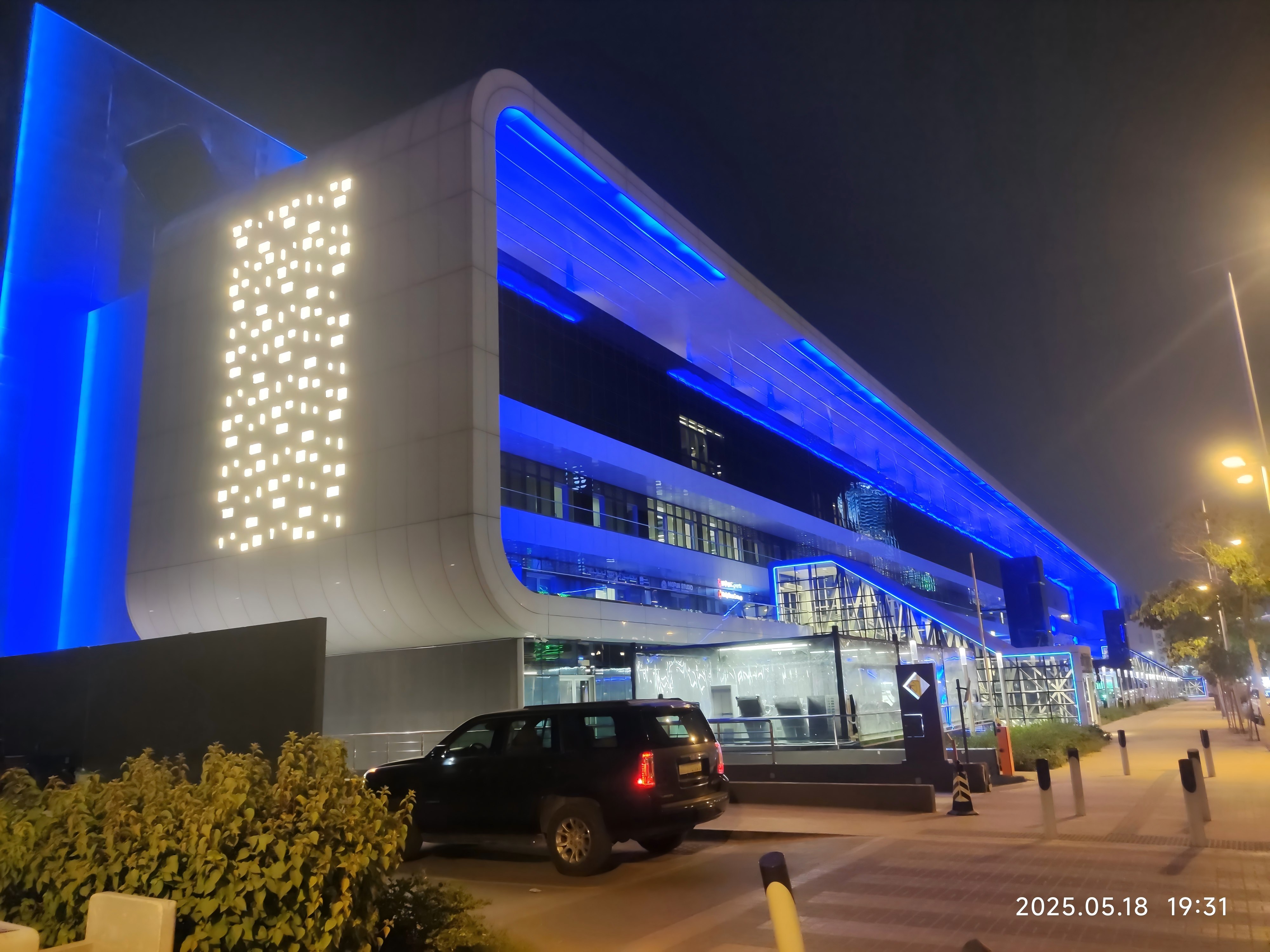
7. Hard-core evaluation: Use real data to tear open marketing rhetoric
7.1 Signify Dynalite: Is it a "safe" or a "luxury" for landmark projects?
Disruptive innovation: The world's only system that supports KNX+DALI dual-protocol redundant backup
Data speaks:
Failure rate: Only 0.7% of nodes in the London King's Cross station project have been repaired in 3 years
Energy consumption comparison: 37% energy saving compared to traditional solutions
Designer complaints: "Full-featured but price-dissuading, projects below 200 nodes should be carefully selected" - Mr. Li from a provincial design institute
7.2 Lutron Quantum: Invisible butler for high-end places
Industry unspoken rules: Why do 85% of five-star hotels specify this system?
The measured response delay is less than 8ms, which is better than similar products
Owner testimony: Project manager of the World Trade Center in New York: "The lights automatically adapt to cloudy, sunny, rainy and snowy weather, and the operation and maintenance manpower is reduced by 40%"
8. Industry trends and technology outlook
Intelligent and green lighting promotes outdoor lighting controllers into a new era:
New material integration: Graphene, carbon nanotubes and other materials improve the light efficiency and heat dissipation performance of LED packaging. In the future, controllers need to adapt to higher current density.
Wireless power supply and Li-Fi communication: Get rid of wiring constraints, optical communication technology makes data transmission faster and reduces dependence on traditional cables.
Edge computing + AI algorithm: Controller localized intelligent processing, real-time perception of environment and flow of people, and realize "adaptive scene lighting".
Full life cycle digitalization: Combined with BIM, the whole process from design, installation to operation and maintenance can be visualized and traceable.
9. Deep integration of controller and smart city
The controller will become the "lighting brain" of smart city:
Data integration: Link with BMS, upload energy consumption and operation status in real time, and realize unified monitoring.
Cross-system linkage: Automatically increase illumination when the flow of people increases, and trigger evacuation lighting in emergencies.
Unified festival scheduling: One-click distribution of light show plans, simultaneous execution in multiple areas, and reduced manual intervention.
Visual operation and maintenance: 3D map + data dashboard presents system status in real time and quickly locates abnormal points.

10. Return on investment and energy efficiency analysis
Speak with data to enhance customer confidence:
Energy saving data comparison: The average annual power consumption of traditional lighting is 120,000 kWh, which is reduced to 80,000 kWh after the introduction of intelligent control, with energy saving exceeding 30%.
Investment payback period: An additional investment of 200,000 yuan can save 32,000 yuan in electricity per year, and the payback period is about 6 years. If there is a subsidy, the payback period will be faster.
Reduced operation and maintenance costs: The inspection frequency is reduced by 50%, which can save 50,000-80,000 yuan in labor costs each year.
Recommended analysis table: Use Excel to present equipment investment, operating costs and energy saving benefits to assist decision-making.
11. Key points of installation, commissioning and maintenance
Preliminary preparations are in place to ensure long-term and stable operation of the system:
Protection design: The control box is recommended to be IP65 or above, and key components are waterproof and dustproof.
Grounding and lightning protection: Use independent grounding grids and surge protectors to ensure the safety of equipment in thunderstorms.
Communication redundancy: Configure master and standby controllers and dual network port switching in key areas to prevent the entire area from being disconnected.
Five-step debugging method: No-load self-test → Signal test → Scene test → Joint debugging → On-site demonstration.
Common troubleshooting:
Communication interruption: Check the network cable and switch.
Light flickering: Check the power supply voltage and driver matching.
Controller freeze: Remote or power off restart.
Software abnormality: Reload the firmware or restore factory settings.
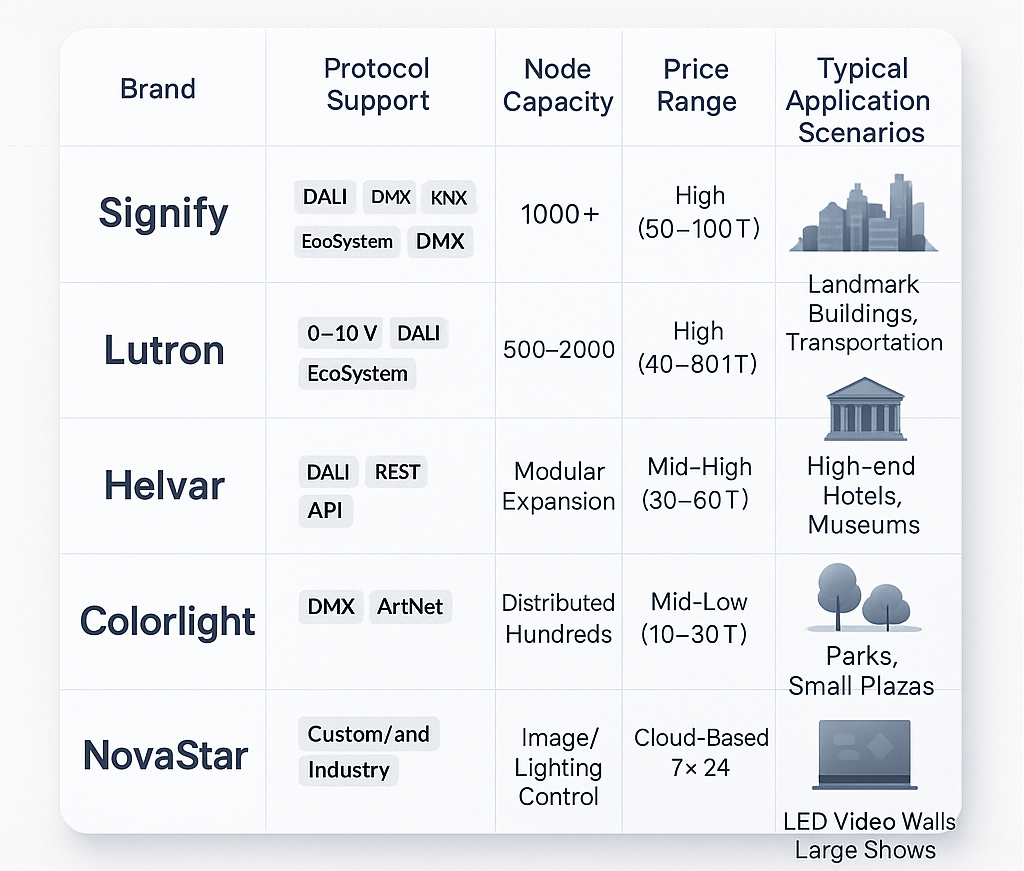
Conclusion
In the future where light and shadow are intertwined, lighting control systems will no longer be simple switches and adjustments, but the core hub of smart city and building operations. Through highly reliable redundant architecture, precise environmental perception, flexible modular deployment and open cross-platform interfaces, designers and engineering teams can use data to drive decisions, use algorithms to achieve adaptive light and shadow, and deeply interact with more intelligent subsystems. Regardless of the size of the project and the diversity of application scenarios, only by adhering to the three dimensions of reliability, intelligence and scalability can we control future trends and keep light and shadow at our fingertips while meeting the dual needs of energy saving and experience.





